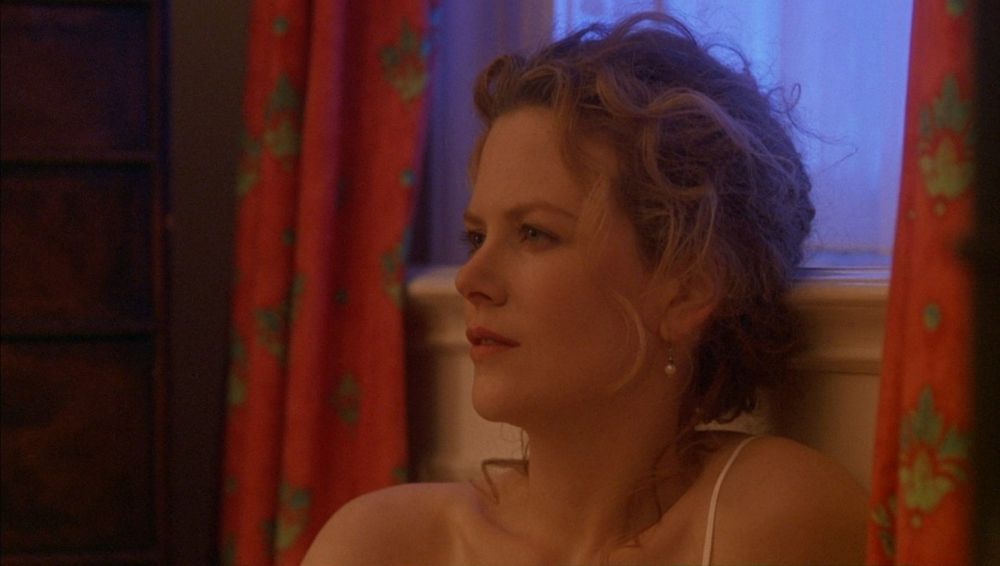Slow Moving Pictures
@lewisbeerblog.bsky.social
2.5K followers
11K following
600 posts
Relentlessly blogging about a single film - currently Red Desert. www.slowmovingpictures.org
Posts
Media
Videos
Starter Packs
Reposted by Slow Moving Pictures
Reposted by Slow Moving Pictures





















